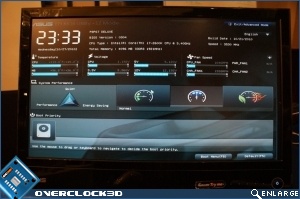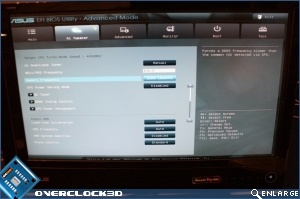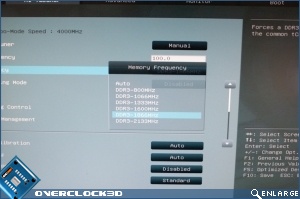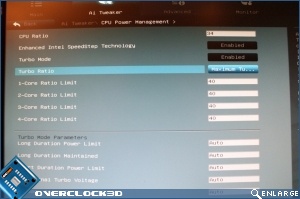Asus P67 1155 Sandybridge Sneak Peak
A New BIOS
The Asus P67 range finally brings conventional desktops into the new millenium with EFI BIOS technology. For the end user, the key difference in the new format is its GUI based interface.
However there is a big difference between this BIOS and other EFI implementations. The entire P67 range offers an Easy (left) and Advanced (right) mode for BIOS users. The former consolidates all important information into a single page and allows the end user to manipulate a number of useful parameters such as power saving modes and boot priority (that’s right, no more F8 tapping). The advanced mode shares a near identical layout to the Asus BIOS’ of the past. Regardless, even those who have not as yet played with a system BIOS will find the menus intuitive and very self descriptive.
On a similar note, ROG based motherboards will also feature a BIOS Print Screen feature. As you can imagine this makes it considerably easier to share BIOS parameters with others. Infact, as reviewers it also makes our lives considerably easier!
Overclocking with Asus and Sandy Bridge – Gifts & Curses…
The Maximus IV Extreme on demo offered a wealth of system tweaking parameters. Whether you are looking to push memory upwards of 2000MHz or simply push your processor for all its worth, there will surely be something for you.
Two of the most noteworthy options are as above.
Previously, the LGA1156 and 1366 platforms have offered DDR3 frequencies up to 1333 and 1600MHz at their base clock frequencies. This has changed significantly with LGA1155 where frequencies as high as DDR3-2133 are natively supported. Next up is the ability to manipulate individual core multipliers on this K series Sandy Bridge processor.
Many of us believe that “good things” happen for a reason, and god almighty there is most certainly a reason for some of the above features.
There is only so much that we can disclose, but at this point it is known that there will be Intel Dual/Quad processors that are fully multiplier unlocked, while the vast majority will be (partially or entirely) locked down. Very well, this may sound as though it is business as usual but it really isn’t. While we were unable to confirm this for ourselves, we were informed that overclocking the Base Clock Frequency of the new Sandy Bridge processors is a rather fruitless endeavour. Quantatively it was said that we could expect these processors to reach their limits at just 115MHz (15% above their BCLK of 100MHz). Clearly the tables have turned; the emphasis of multiplier overclocking is here.
This may not be such a bad thing as for all we know, Intel may do an “AMD” by making one in three processors multiplier unlocked. Sadly one thing we do know is that the overclocking ball has landed squarely in Intel’s court. How much will the end user have to spend for the priveledge of overclocking? Only time will tell…







